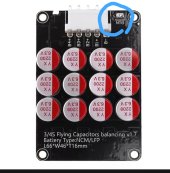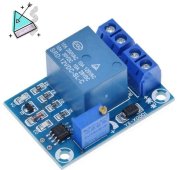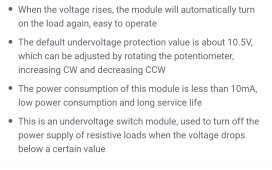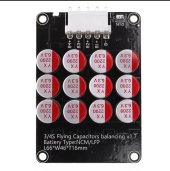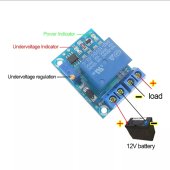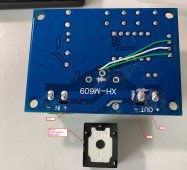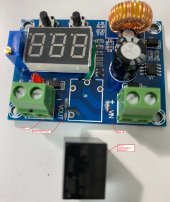Hello DIYer
Have you also experienced that your non-smart cheap active balancer (example picture attached) causes your painstakingly top-balanced battery to loose its top-balance over time!?
After some research i noticed that so many others experienced this annoyance as well. Unfortunately i couldn't find a better solution for this issue than connecting the active balancer at around 3.4V and disconnecting it again once the pack is fully top-balanced.
So i wonder if any of the smart guys here came up with something more elegant/ convenient? Maybe an automated way to switch this balancer on and off at certain target voltages!?
Please don't hesitate to share whatever solution you came up with!!
Best regards
News and Updates:
- Here an illustrated explaination about one of the reasons why your battery looses its top-balance because of the active balancer.
- I did contact HANKZOR and asked if they would be able to customize one of their active balancers to start balancing at 3.4V instead of 3.0V like the stock version.
Eventually the kind customer agent promised to talk to the factory to customize one active balancer first. He promised he will come back to me again once the customisation is done. Fast Forward today 6Jun the customized version was finally shipped to me. Will take 9-16days to arrive. Will update once tested.
So let's see, maybe there will be soon an active balancer available which doesn't cause imbalance anymore out of the box, with no workaround needed!
Have you also experienced that your non-smart cheap active balancer (example picture attached) causes your painstakingly top-balanced battery to loose its top-balance over time!?
After some research i noticed that so many others experienced this annoyance as well. Unfortunately i couldn't find a better solution for this issue than connecting the active balancer at around 3.4V and disconnecting it again once the pack is fully top-balanced.
So i wonder if any of the smart guys here came up with something more elegant/ convenient? Maybe an automated way to switch this balancer on and off at certain target voltages!?
Please don't hesitate to share whatever solution you came up with!!
Best regards
News and Updates:
- Here an illustrated explaination about one of the reasons why your battery looses its top-balance because of the active balancer.
- I did contact HANKZOR and asked if they would be able to customize one of their active balancers to start balancing at 3.4V instead of 3.0V like the stock version.
Eventually the kind customer agent promised to talk to the factory to customize one active balancer first. He promised he will come back to me again once the customisation is done. Fast Forward today 6Jun the customized version was finally shipped to me. Will take 9-16days to arrive. Will update once tested.
So let's see, maybe there will be soon an active balancer available which doesn't cause imbalance anymore out of the box, with no workaround needed!
Last edited:



